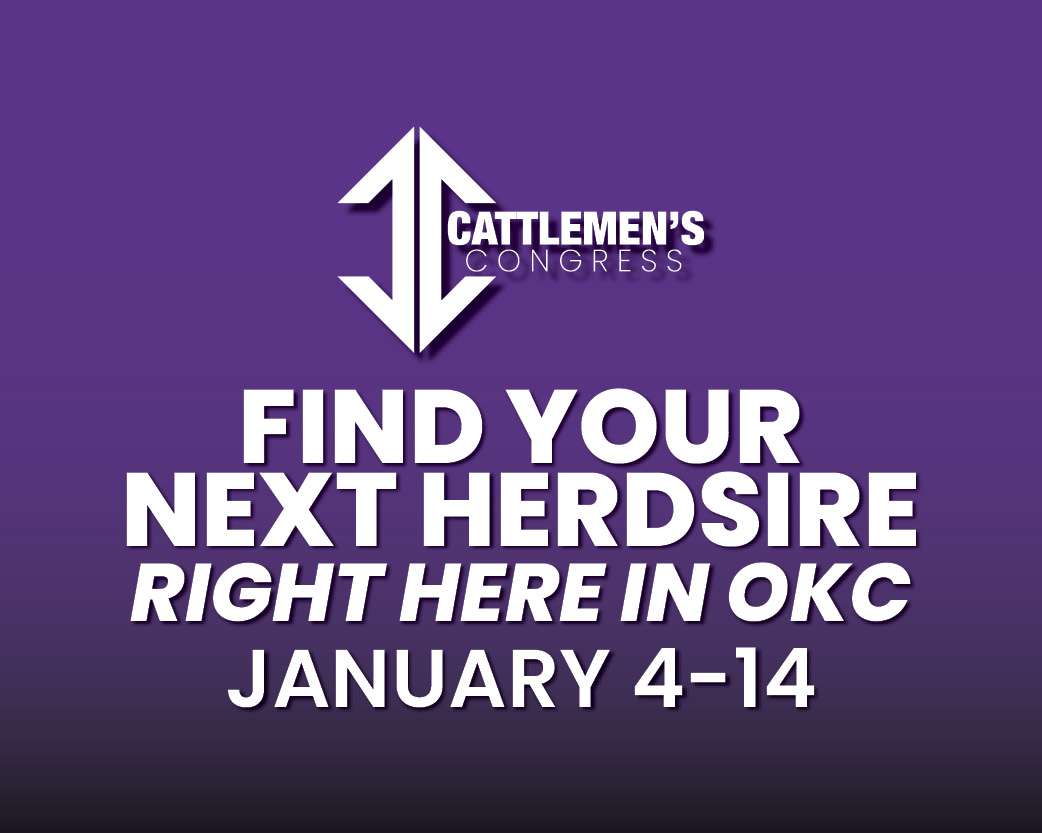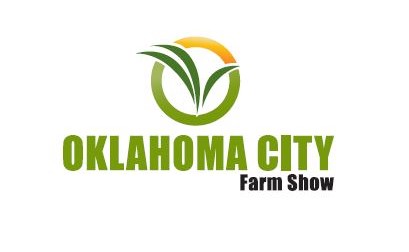
Oklahoma ranchers have a unique opportunity to enhance their grazing practices through a special partnership between the Oklahoma Conservation Commission and the Noble Research Institute. Farm Director KC Sheperd spoke with Meg Greski of the Oklahoma Conservation Commission about an upcoming “Grazing Essentials” course in Leedy, Oklahoma.
“We’ve got something pretty special coming up in a partnership with our Noble Research Institute,” Greski announced. This workshop is the latest in a series of collaborations aimed at providing valuable educational resources to Oklahoma producers.
Greski detailed what the “Grazing Essentials” course entails. “Noble Grazing Essentials Course is a three-day workshop. It will be held this time around in Leedy on May 13 -15th, and it is comprised of both classroom instruction and some time in the field on a ranch. It is going to be a great introduction to and a complete discussion of regenerative grazing practices.”
For those unfamiliar with the term, Greski provided a clear definition. “Regenerative grazing is defined as utilizing all of your grass, every acre, every plant, without overusing anything. So it is a very scientifically informed and very adaptively and closely monitored form of rotational grazing.”
The conversation then shifted to the advantages of rotational grazing compared to traditional set stock grazing. “Well, everyone’s first question is, ‘Why should I do any more work? Why shouldn’t I just toss cattle out and leave them where they’re at and just set stock?'” Greski acknowledged. She then highlighted the primary benefit: “The biggest benefit is how much higher your stocking rate can be when you are effectively utilizing all of your acreage. The seasonal or yearly utilization rate under continuous grazing can be as low as 15 to 25% of the forage that you grow. If you can even just get that up to between 35 and 50%, you have pretty much already doubled the number of cattle you can support on your acreage without having to increase your overhead at all. So the stocking rate is the biggest benefit.”
Greski also explained the positive impact of rotational grazing on soil health. “When cattle are able to bite off a plant and then are removed until that plant finishes its regrowth and recovery cycle, the roots of the plants are able to develop deeper. You’ll you’ll get more top growth, and more photosynthetic activity is going to take place, and so those plants will do a better job feeding a below-ground community of soil microorganisms. Those microorganisms are responsible for soil structure and aggregate formation, and that fights compaction and allows rainwater to get into the soil, so we have infiltration instead of runoff.”
Attendees of the three-day event can expect a balanced learning experience. “Each day is going to feature some classroom instruction and some time in the field on the ranch,” Greski explained. The first day will focus on the rationale and key concepts of regenerative grazing. “The first day, we’re really just going to talk a lot about why you would bother doing this and what the key concepts are. Producers can identify what their personal barriers are on an operation-to-operation basis, why they have not been able to implement a managed grazing program up to this point, and how they can get around those barriers to do this successfully.”
Practical aspects will also be covered, including determining appropriate stocking rates and forage measurement. “Then we are going to talk about calculating the proper stocking rate for your operation and measuring the amount of forage you have standing on your land, and then infrastructure considerations for setting up a rotational grazing system; whether that be fence and water, or even alternative livestock control strategies such as virtual fence.”
A highlight of this particular workshop will be a visit to the ranch of Ginger and Jimmy Emmons in Leedy, where participants can witness the innovative technology in action. “That’s going to be one of the big highlights of this particular event is that we will be going to Ginger and Jimmy Emmons ranch in Leedy, and we expect that they will have Gallagher virtual fence collars on their cattle at that point, and so participants will be able to see how that new technology works.”
For those interested in attending the workshop, which runs from May 13th to 15th, Greski provided several ways to register. “You can go to Noble Research Institute’s website. They have an online sign-up there under their course. You can contact the Dewey County Conservation District. They are based in Taloga, Oklahoma, or you can get a hold of me at the Oklahoma Conservation Commission.”
Greski emphasized that the course is beneficial for a wide range of producers. “Any rancher, regardless of how big a ranch you have, can benefit from this course. Sometimes, I have heard people say, ‘Oh, well, I can’t do rotational grazing. I don’t have enough land.’ ‘I’m not big enough,’ or ‘I’m too big. I have too much land.’ But there is a way that it can work out for any producer of any size.”
Finally, Greski highlighted a significant cost-saving opportunity due to the partnership. “Noble Research Institute normally charges almost $600 per participant to attend this course. But through the partnership that we have with Noble right now, the Conservation Commission, Noble, and a few other cooperating sponsors, each participant can go for only $150, so that is a huge, huge discount compared to what it would normally cost you to go to this course.”
For more information or to get signed up, click here, or contact Meg by calling 580-827-5078 or emailing Meg.Greski@Conservation.ok.gov.


















